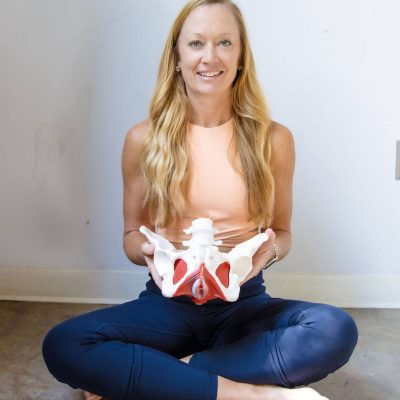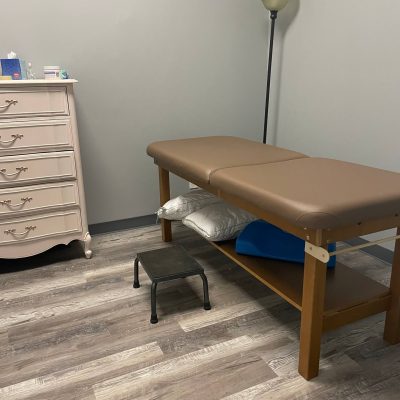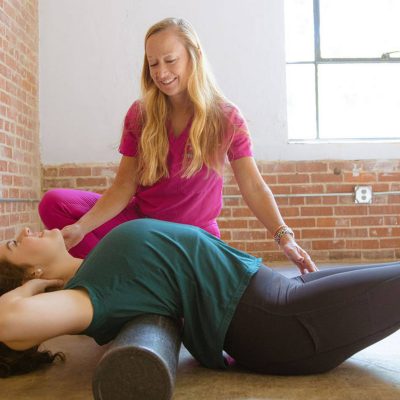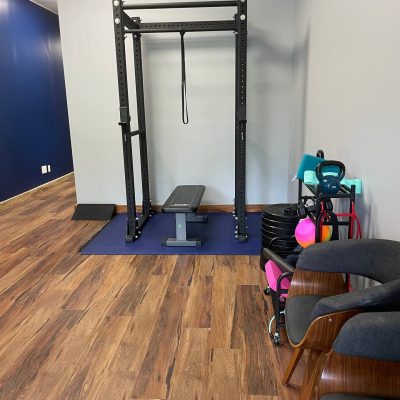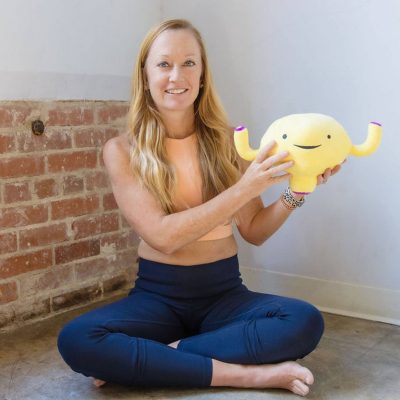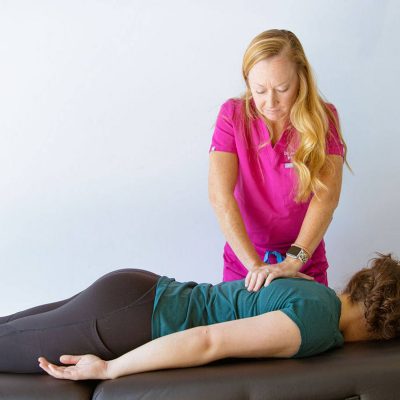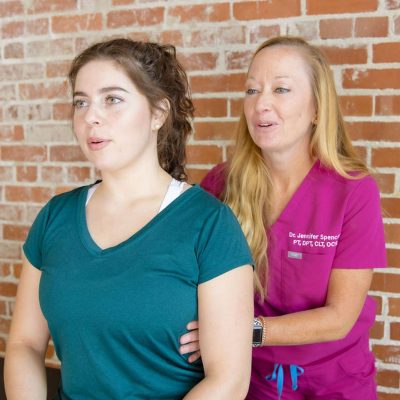Ms. G is a 25-year-old graduate student working on her master’s degree. When she is not diligently focused on schoolwork, she enjoys exercising and spending time with family and friends. In high school and her first years of college she was very active in extracurricular activities in and out of school, including playing golf on the intercollegiate level. That all started to diminish when she was diagnosed with endometriosis; she was diagnosed through ablation surgery. She did not have a family history of this disease. The Endometrial ablation procedure did not resolve her pain. She tried all the at home remedies and medications before deciding that pelvic floor therapy was next. Her goal for pelvic floor physical therapy was to alleviate her endometriosis pain with daily activities. She states that she has had a history of heavy and painful periods as a teenager. After being diagnosed with endometriosis in 2021, her periods became very irregular. She is currently on a hormonal birth control pill to help with pain and control of menstrual cycle. Coming in she reports that she has general lower abdominal pain and bloating that is a 3-5 on a scale out of 10. She also complains about lower abdominal pain. Aggravating factors for low back pain included prolonged sitting and also prolonged sitting. She reported subjectively increased bladder frequency, having to urinate every 1-2 hours during the day. She did not wake up in the middle of the night to urinate, but she woke up with urgency and painful bladder. Bowel movements were reported to be daily and without straining. She reported pain with sexual intercourse. She has no other underlying health conditions.
A full internal exam of her pelvic floor was performed and discovered a hypertonic pelvic floor with difficulty lengthening the pelvic floor muscles. There were myofascial restrictions along her thoracic and lumbar paraspinals. Hip internal and external rotation range of motion was within normal limits in supine but slightly limited in prone. Bilateral adductors and hip flexors were tight. She had mild strength deficits of hip abductors and external rotators. Her postural tendency revealed more of an anterior pelvic tilt, upper abdominal clenching, right hip external rotation with midfoot supination, and left hip internal rotation with midfoot pronation.
After 16 sessions over the course of 3 months, Ms. G’s symptoms greatly resolved. Pain in the abdomen was eliminated. Back pain was greatly diminished. When she did have mild back pain, she was able to decrease it with home exercises learned in Physical Therapy sessions. Functionally, she was able to sit and also stand for prolonged periods without onset of pain, able to resume bootcamp style workouts without pain, and pain with intercourse was eliminated. Strength in hips was improved. Pelvic floor muscle awareness and coordination was greatly improved. Physical therapy sessions always provided relief of back pain when it was present. Urinary frequency decreased to every 2-4 hours, with her urinating 6-8 times during the day. Pain in the bladder was eliminated in the waking hour.
Through her time here, we have focused on pelvic floor muscle lengthening with coordination of breath, stretching of hip and back muscles, coordination of the pelvic floor muscles with the deep core muscles, strengthening of the hip muscles, strengthening of postural muscles, postural awareness, and biomechanics of the lower extremities during gait and dynamic activities. Dry needling was performed often to the lumbar and thoracic paraspinals along with neuroprobe muscular activation of the multifidus. Visceral mobilization was performed to the reproductive organs to soften endometrial adhesions and allow the organs to gain mobility to ultimately improve function. Lumbosacral manipulation and muscle energy techniques were performed when needed.
A comprehensive home exercise program was given for the patient to be able to progress to self management of condition. Ms. G demonstrated good compliance with her home exercise program over the course of therapy. Throughout her time here, discussions were had on diet, supplements, and lifestyle and environmental modifications to further assist with management of Endometriosis. With Endometriosis, it is recommended that patients adhere to a diet which eliminates gluten, sugar, processed foods, alcohol, caffeine, and non-organic meats, fruits, and vegetables. This is because these foods can influence hormone regulation or promote greater inflammation in the body, leading to increased pain. A diet that emphasizes fiber, iron, and essential fatty acids is recommended. (source: Beating Endo book. Orbuch & Stein)
Are you struggling with pain and unwanted symptoms from Endometriosis? Contact us today to start your journey to better health!

